
Ombre Book your hair salon appointment online and save
Top 20 Ombre Hair SalonsFor more salons, check out Fresha’s list of Hair Salons.
 11 Branton Dr, Hampton Park 3976(133)For quality hairstyling from an experienced professional in a relaxed home environment, look no further than The Hair Nest on Branton Drive in Hampton Park.
11 Branton Dr, Hampton Park 3976(133)For quality hairstyling from an experienced professional in a relaxed home environment, look no further than The Hair Nest on Branton Drive in Hampton Park.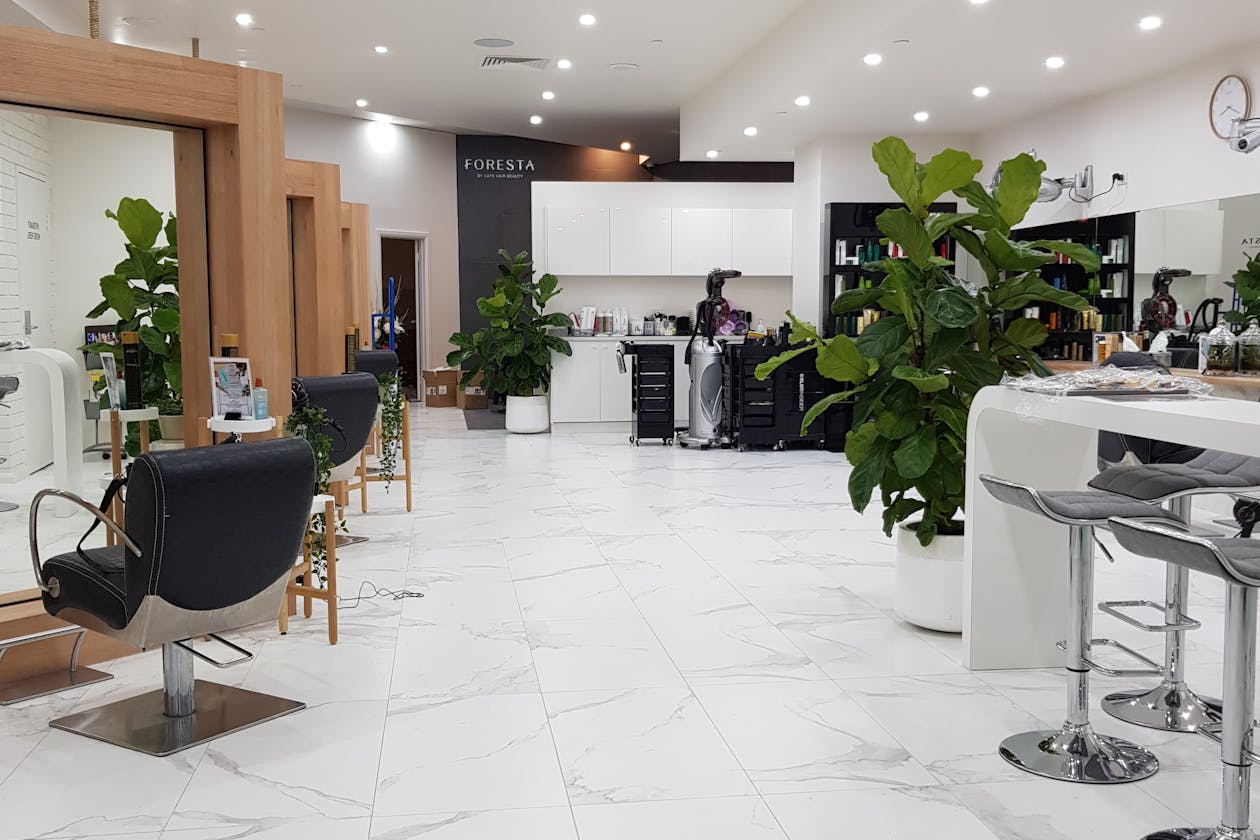
Foresta Hair on Bourke
Shop 6, The Paramount Centre, 108 Bourke Street, Melbourne CBD 3000(740)Foresta on Bourke is a boutique hair and beauty salon inspired by the latest Korean beauty trends. Explore style direct from Seoul in this on-trend studio.
Bondi Colour
280 Bondi Road, Bondi 2026(14)Bondi Colour is one of Sydney’s trendiest hair salons. Go for a cut and colour that matches your personality perfectly.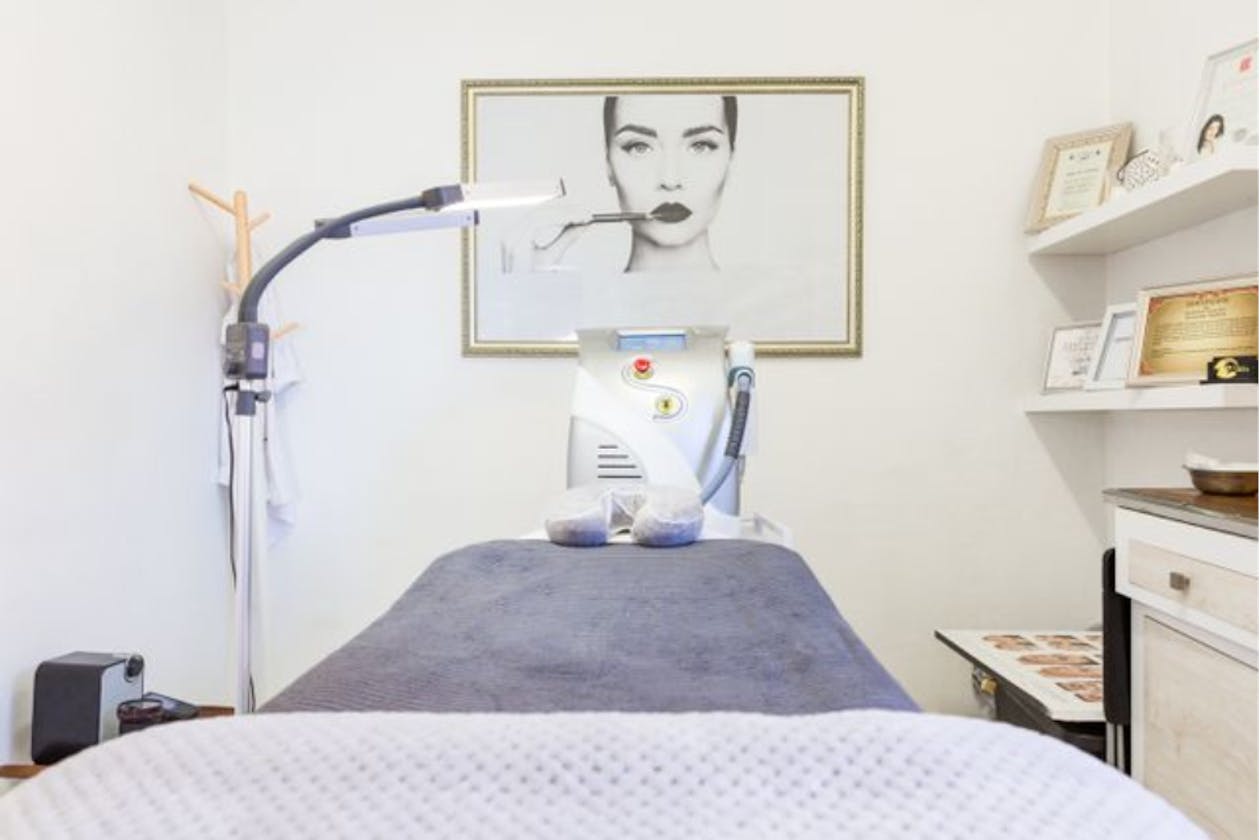
Brow Artistry HQ
179 Bondi Rd, NSW, Bondi 2026(212)This phenomenal O’Brien Street studio in Bondi is a one-stop shop for all your lash, brow, facials, waxing and make-up needs. Indulge in a pampering today!
Enrich Hair & Beauty Salon
Shop 3 / 68-70 Murwillumbah Street, Murwillumbah 2484(203)Enrich Hair & Beauty Salon offers quality hair services at affordable prices. From stunning cuts and colour to Henna Body Art, Waxing, Threading and Facials.
Studio 44one
441 Gaffney Street, Pascoe Vale 3044(87)Studio 44 One, offer hair services for men and women. Have your colour touched up, or try Balayage or Ombrè. Compliment your look with tinted lashes and brows, too.
Gloss Beauty Salon
Shop 1A / 57 Minnamurra Circuit, Prestons 2170(1919)For all your skin, beauty and relaxation needs, look no further than Gloss Beauty Salon, conveniently situated on Minnamurra Circuit in Prestons NSW.
Raw Passion For Hair
15 Morey St, Armadale 3143(7)Raw Passion for Hair uses the world’s most sophisticated technology in hair extensions and use 100% human Remi hair, which is available in a range of colours.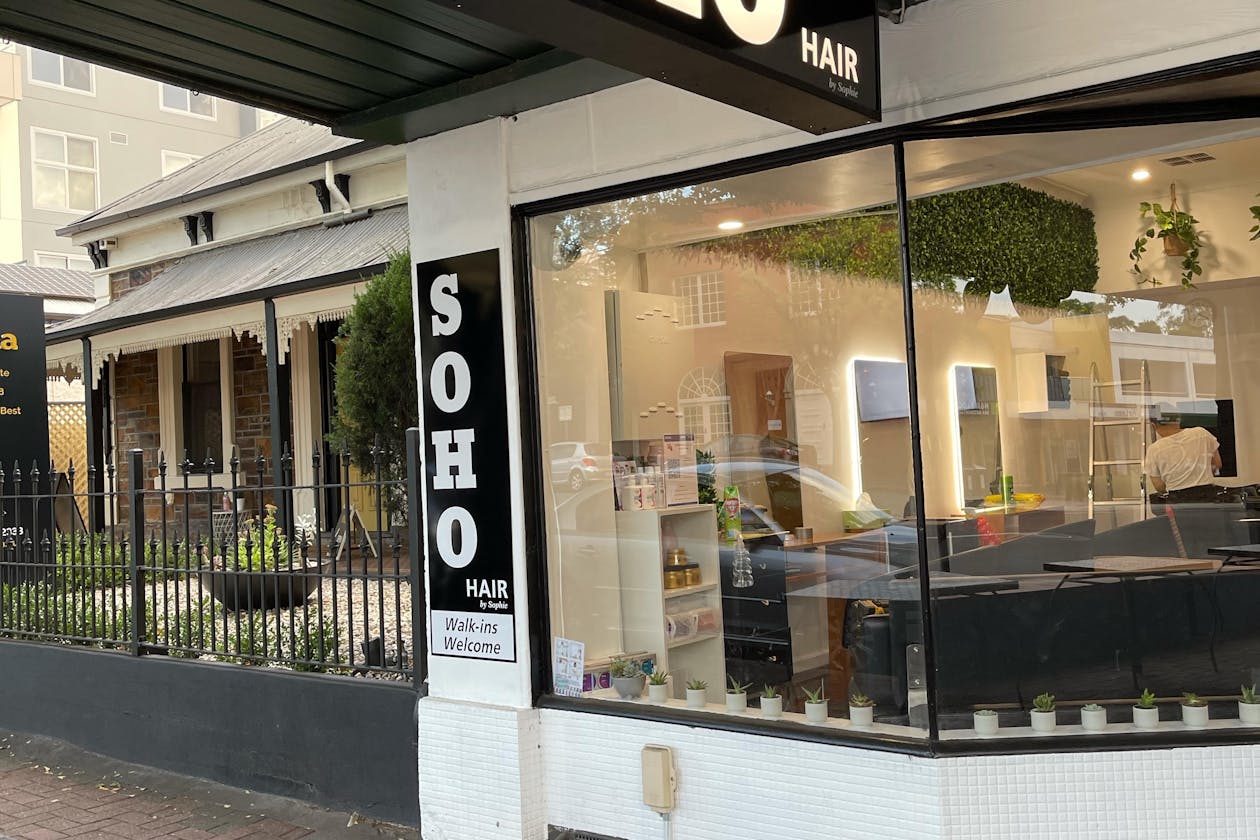
Soho Hair by Sophie
248 The Parade, Norwood 5067(58)The talented and experienced stylists at Soho Hair Design cater for all ages and styles of hair. They specialise in Japanese permanent straightening too.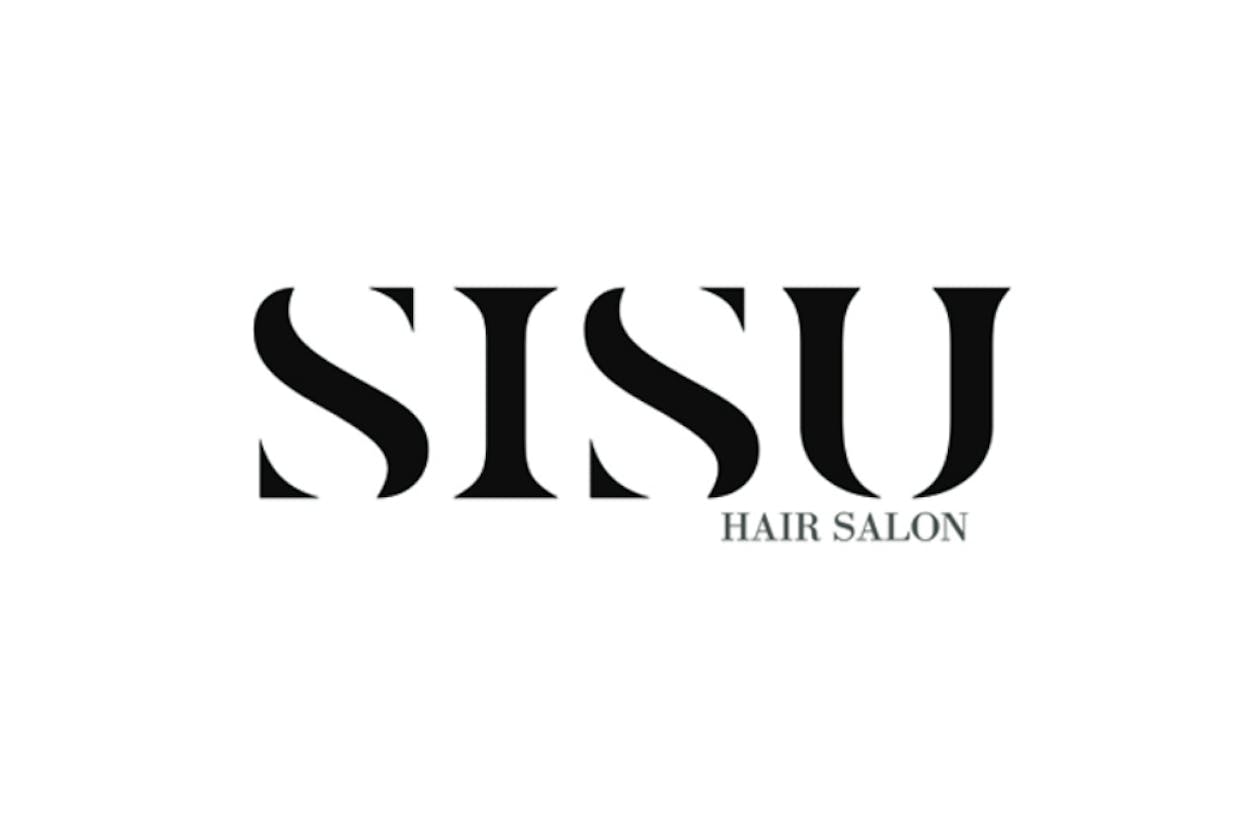
Sisu Hair Salon
G087 / 235 Springvale Road (Located inside Glenn Shopping Centre, Next to Sketches), Glen Waverley 3150(220)Looking for a quality hair salon in Glen Waverley? Sisu Hair Salon on Springvale Road is home to a friendly team of stylists who are passionate about all things hair!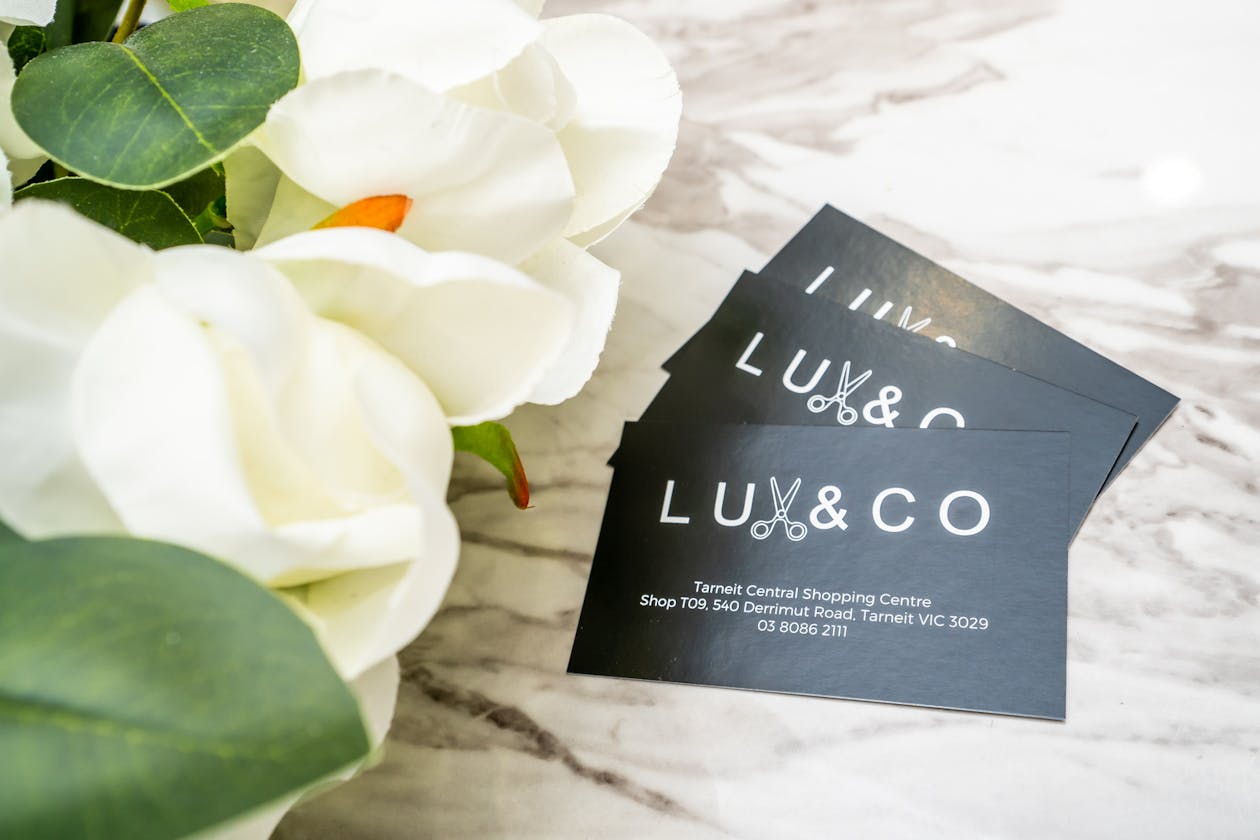
Lux & Co
540 Derrimut Road (Inside Tarneit Central Shopping Centre), Tarneit 3029(478)Bad hair day? Look no further than the amazing team at Lux & Co (inside Tarneit Shopping Centre on Derrimut Road) for a phenomenal hairstyling experience!
BellaMi Hair and Beauty
1438 High Street (Inside Goodlife), Glen Iris 3146(23)BellaMi Hair and Beauty is a dedicated hair and beauty salon inside Goodlife in the heart of Glen Iris.
H.A.T Hair
125 Greville Street, Prahran 3181(16)Overdue for a cut? Book an appointment at H.A.T Hair online with Bookwell today! Ideally located on Greville Street, H.A.T Hair is your premier stylist in Prahran.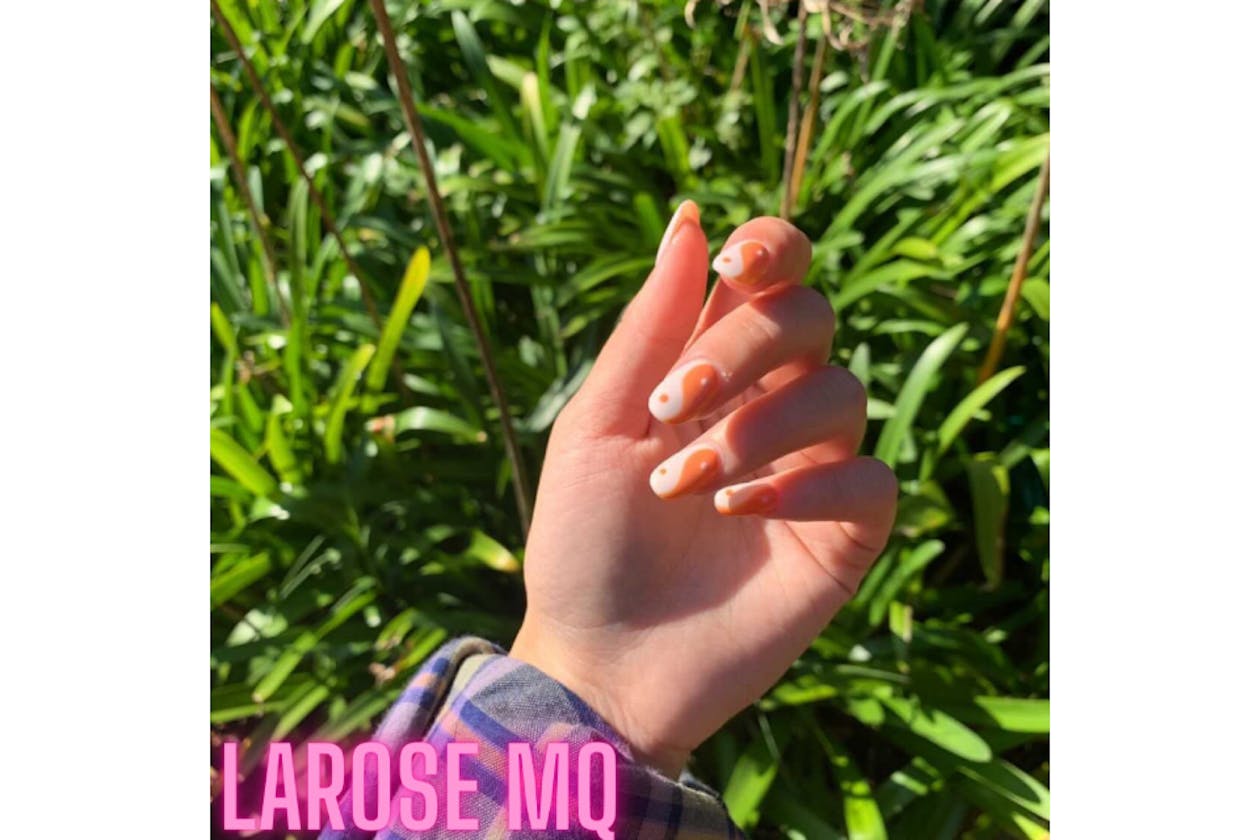
Larose Nails & Beauty
Shop 1100 / Macquarie Shopping centre (Next to Big W) Cnr Herring Rd & Waterloo Rd, North Ryde 2113(52)Larose Nails & Beauty is a North Ryde boutique nail and beauty salon offering stunning manicures and pamper packages to deliver high-quality results for its clientele.
Studio 95 Hair & Beauty
95 Balcombe Road, Mentone 3194(11)Studio 95 Hair & Beauty is the destination for gorgeous hair! Passionate stylists offer fabulous style cuts, colours, and slick cuts for men.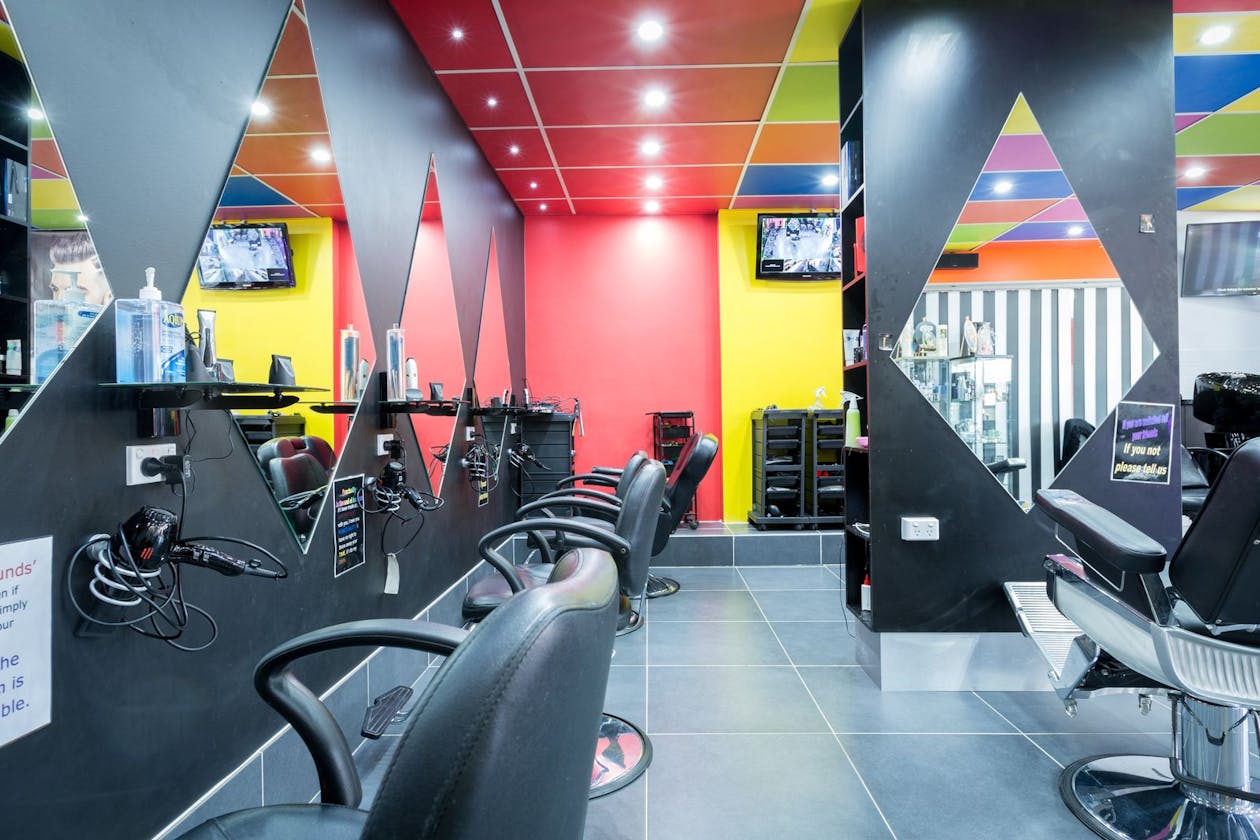
Family Hair & Beauty Salon
1 16 Good Street, Granville 2142(4)Family Hair & Beauty Salon offers innovative, quality services for men and women. Stylists are experts with hair colouring and hair treatments, too.
Modern Touch Hair & Beauty
948 Centre Road, Oakleigh South 3167(14)Pamper your beauty needs with the Modern Touch Hair & Beauty. Choose from eyelash and brow treatments, waxing, threading, manicures, haircuts and colours.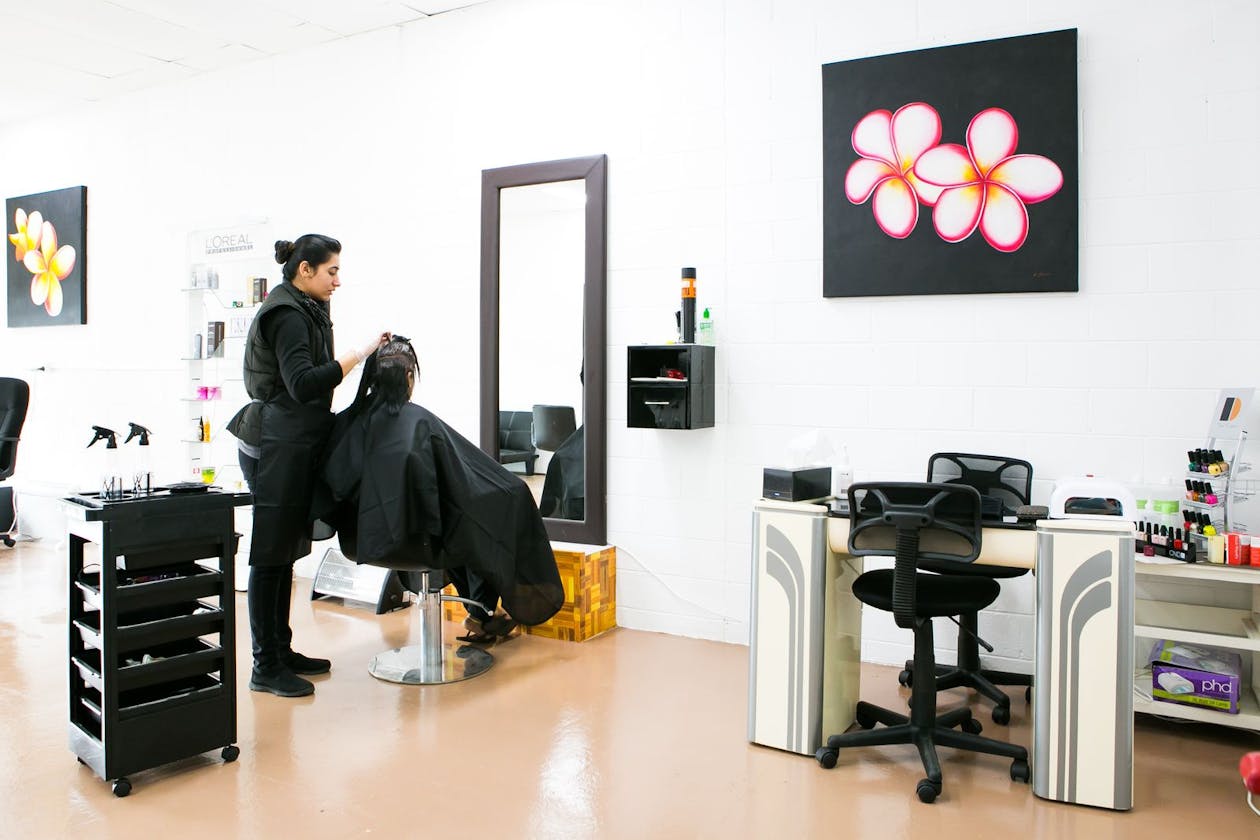
Flawless Beauty And Hair Salon
1/52 Outlook Drive, Dandenong North 3175(22)Owner of Flawless Beauty and Hair Salon, Aamna, is dedicated to flawless hair and beauty. Aamna is your go-to for threading, waxing, nails, haircuts and colour.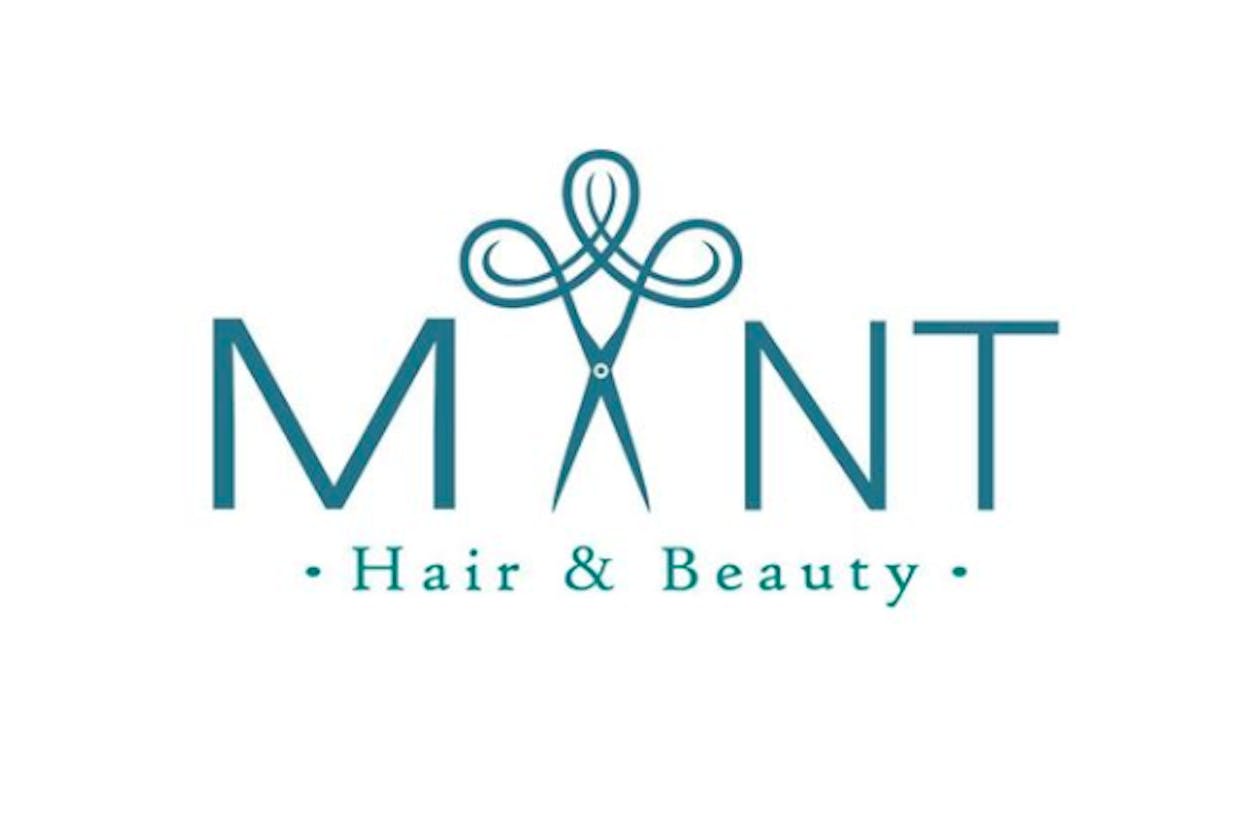
Mint Hair And Beauty
443 Park Road, Hurstville 2220(12)
Mrs JT’s Nails and Lashes Beauty
201 Bondi Road, Bondi 2026(14)Mrs JT’s Nails & Lashes Beauty is an innovative beauty space located in Sydney’s Bondi Beach specializing in the latest nail and lash trends.
Ombré Hair Colour
Do you get your Ombré mixed up with your Sombre? And what about Balayage? It was so much easier understanding foils, right? But perhaps not as dramatic a look!
Ombré is a term applied not only to hair, but also fabric printing, and basically means 'shade', or fading from dark to light.
She probably wasn't the first, but it was US singer and model, Aaliyah, who first brought the look to our attention in 2000. By 2010, all the celebrities were onto it, and we mere mortals were discovering salons that could also give us this amazing look.
Ombré vs Sombre
Initially, Ombré was the gradual lightening of the hair from dark at the roots, to light at the ends. The trend then evolved to include hair that was 'natural' at the roots, and then faded to an unnatural colour - like lavender - at the ends.
Sombre is a more subtle version of Ombré. It looks more like a natural lightening of the hair from the roots to the ends, as if caused by the sun. And by keeping the roots more natural, it's quite a low maintenance style.
Hair professionals say this type of fade adds depth and dimension to hair, whilst giving the impression that it is all natural.
What's What in Ombré?
To understand how it works, it's worth taking a refresher on other highlighting techniques, like foils. Foil highlights and lowlights are generally quite uniform and defined. You choose from a half-head or full-head and, done well, the look can be quite natural.
Balayage is quite different again, with the stylist hand-painting in your highlights. There is no set line of colour, so the look is gentle and sun-kissed, and the results last for a long time.
Ombré is more of a style than a colour. And whilst it appears so easy and carefree, it can go horribly wrong if you try and DIY. It's not just the application of colour that is tricky, but also the choice of shades. Your professional hair stylist will be able to advise on which colours best suit your hair and skin tone.
And Even There's More to Ombré
As with any hair colouring, the aftercare is crucially important. A good shampoo and even better conditioner is essential.
The Ombré look comes in many variations, such as babylights, colormelt & ecaille. Similar to ombré, we now also have babylights - like highlights, only smaller! You may also know these as 'fine foils'. Then there is Colormelt - pretty much an Ombré, and ecaille, which blends multiple colours to create a tortoiseshell effect.
There's so many ways to talk about Ombré, but with a skilled and experienced stylist by your side, you can achieve the look you want without having to worry about the vocabulary.
Three Rules of Ombré.
Rule 1
Colour choice: As we mentioned earlier, it is really important to get the right colour for your complexion and natural hair colour. But it goes far deeper than that. The correct use of toner is essential.
Let's say you've got dark hair with reddish undertones. The chemicals used to lighten your hair could turn it very brassy without the use of a corrective toner.
SOLUTION: Find a skilled professional stylist (we know a few!)
Rule 2
Lines: The goal is for the colour to look naturally faded. Severe, straight lines are just not acceptable, and will look terrible. This could be why the DIY Ombré hasn't really caught on.
SOLUTION: Find a skilled professional stylist (unless you're into the look of lines of course)
Rule 3
Conditioning is everything: We all know lightening your hair can be a lot more damaging than simply applying a darker, all-over colour. So hair care is very important. Keep your locks healthy by getting a regular trim and using a good quality conditioner, specifically created for coloured hair.
SOLUTION: Ask a professional for advice on the best way to care for your gorgeous new colour!
Ombré is here to stay, so if you want to try it for yourself, look for a colour professional right here on Bookwell.